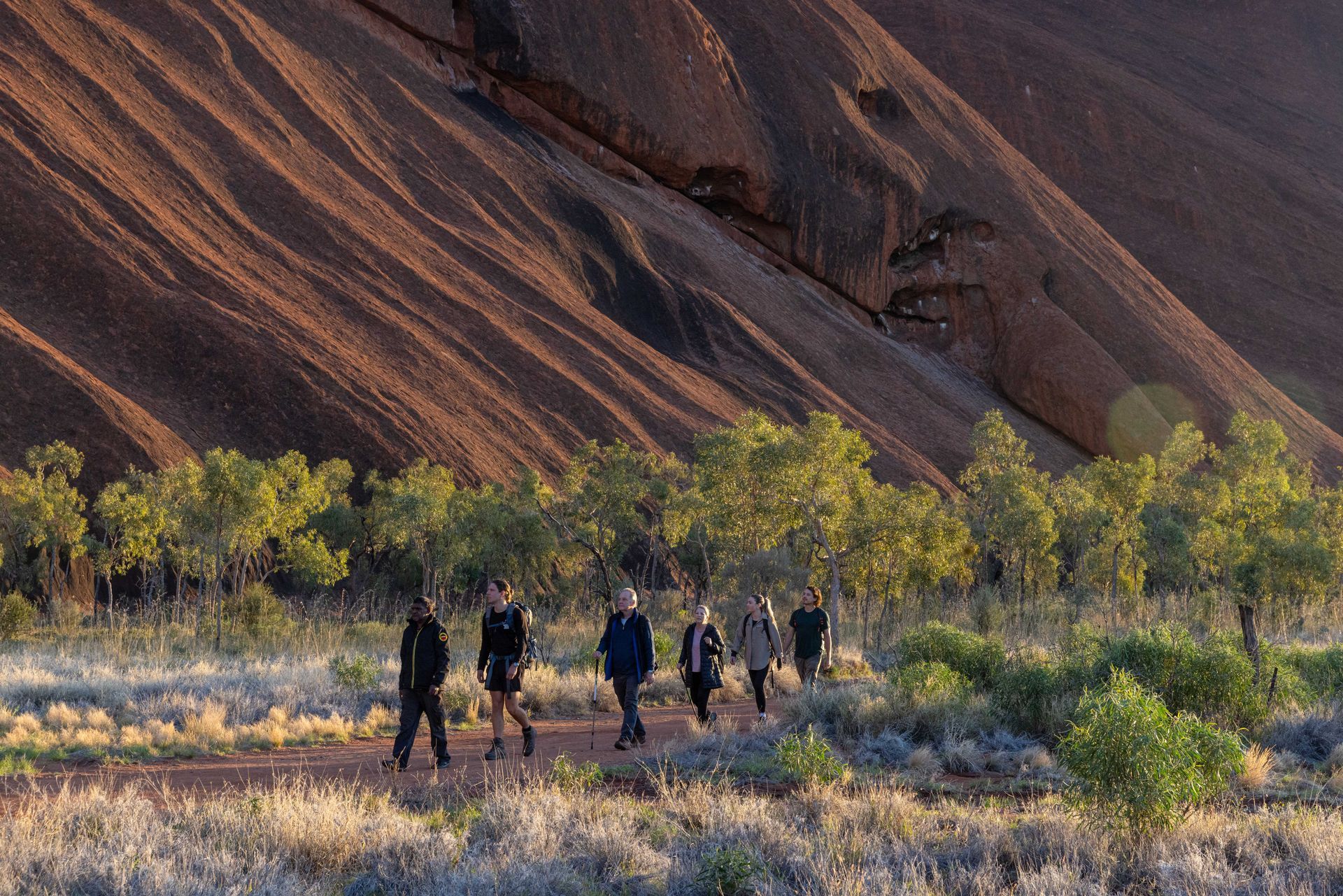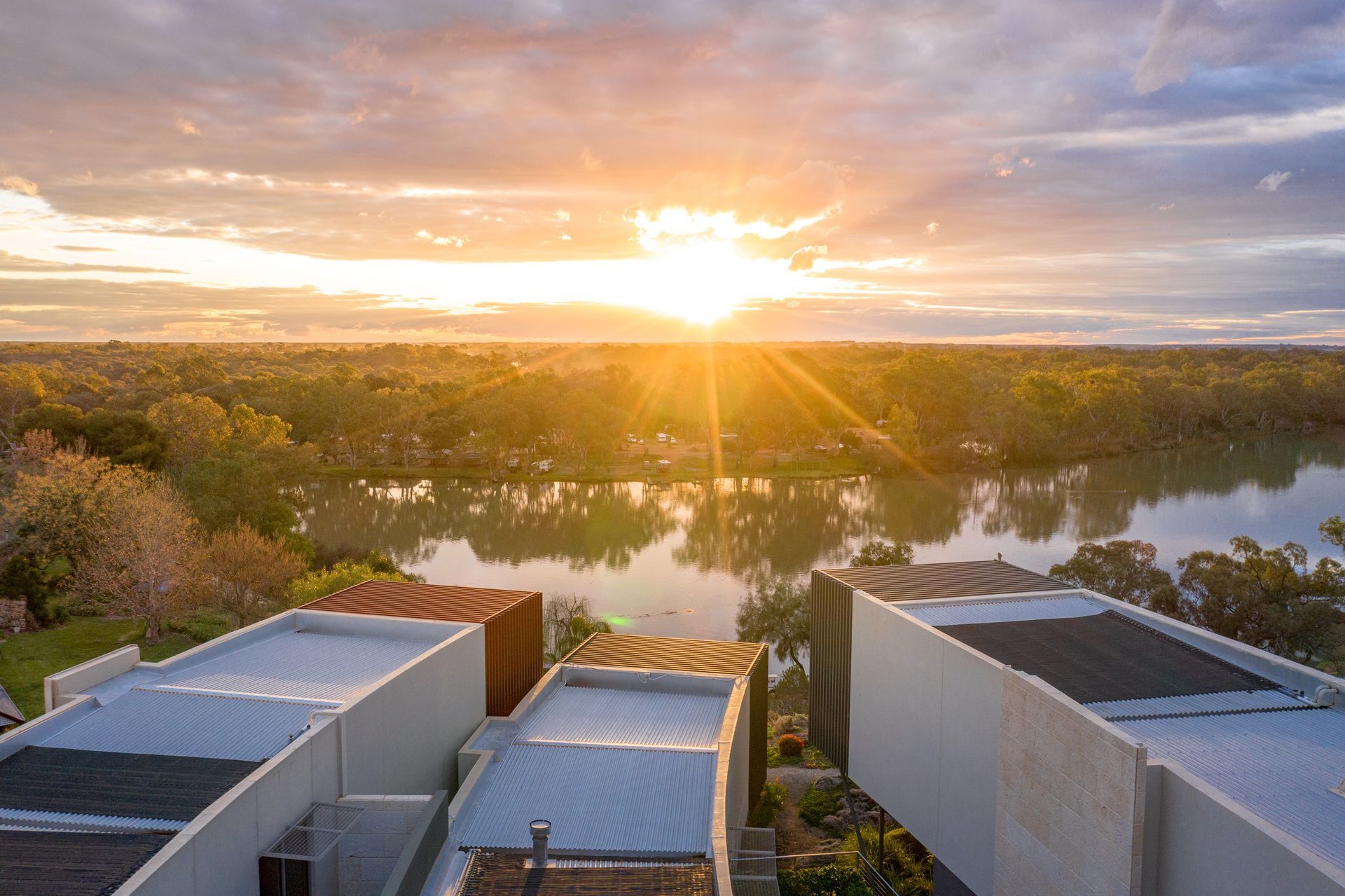What Voluntourism Means to Me!
Jenny Revesz • January 15, 2025
journey into voluntourism
The term “Voluntourism” has become a buzzword in recent years, praised for its noble intentions and criticized for its potential to oversimplify complex global issues. For many, voluntourism is simply a vacation with a cause—whether it’s planting trees, visiting a school, or taking photos with children in need before returning home with a sense of accomplishment. But for me, voluntourism is far more than that. It’s a responsibility, a transformative experience, and an opportunity for deep reflection on our roles as global citizens—one that goes well beyond the fleeting feel-good moments of a trip.
My journey into voluntourism began when I first traveled to Africa with Boutique Safaris—at the time, operating as a local Maasai owned business. During that trip, I encountered something that deeply changed my perspective. I learned not only about a school the company had helped start, but also about the heartbreaking plight of young Maasai girls who had been abandoned by their families, often due to poverty or sexual stereotypes. These girls were taken in by the school, where they were given food, shelter, and an education—and, more importantly, an opportunity to build a future that otherwise might have been denied to them.
I had the privilege of meeting these girls, hearing their stories, and witnessing firsthand the impact of this initiative. One girl, in particular, touched my heart. I ended up sponsoring her, and over the years, I have watched her grow, overcome obstacles, and achieve things I never imagined possible. But that story—while incredibly meaningful to me—is just one part of the larger picture. It’s a powerful reminder that true voluntourism is not about temporary gestures; it’s about forming lasting, meaningful connections that have the potential to change lives forever.
I understand the appeal of voluntourism: the allure of traveling to a beautiful, perhaps remote location, helping out for a few days, and then returning home with a heart full of pride. But this "quick fix" mentality often oversimplifies the underlying issues that communities face. Planting a tree in a drought-stricken village or visiting a school for a few hours does little to address the systemic problems—poverty, education, healthcare, and environmental degradation—that have created those needs in the first place. At its surface level, voluntourism can easily become more about the traveler’s experience than the real, long-term needs of the people they are trying to help.
That’s why, for me, voluntourism is not about the fleeting moments captured in photos or the tasks I’ve completed. It’s about building something deeper: meaningful engagement with the community, listening to their needs, learning from them, and sharing knowledge in a way that respects and empowers local contexts. True voluntourism recognizes that the most significant impact often requires years of effort, not just a few days of work.
I also believe in the power of companies and organizations that are committed to making a sustainable, lasting difference. There are many incredible operators, such as G Adventures and HX Hurtigruten Expeditions, that go beyond just providing travel experiences—they focus on giving back to the communities they visit by employing local guides and staff, investing in local businesses, and continually supporting initiatives that benefit the regions they visit long after the tourists leave. These organizations understand that true voluntourism isn’t about a short-term fix, but about creating opportunities for long-term empowerment and collaboration with the communities they engage with.
At its core, voluntourism is about building genuine, lasting relationships. It’s not about swooping in as a “savior” to fix a problem, only to leave feeling self-congratulatory. Voluntourism is about showing up with humility, engaging with people on their terms, and prioritizing understanding over action. Before stepping in with solutions, it’s essential to first learn about the culture, history, and needs of the community we’re working with. We must recognize that we are not the experts, but learners—our role is not to dominate, but to support.
Building relationships goes far beyond just providing resources. In the case of the girls I met in Africa, it became clear that the school was not only offering an education—it was offering these girls a new chance at life. What began as a simple act of support evolved into a lifelong commitment to a young girl’s future. And through this experience, I learned that the most significant impact often comes from forming relationships that transcend borders and expectations.
Perhaps the most profound aspect of voluntourism is how it forces a deeper level of self-awareness. When you work in a community and witness the stark contrasts in privilege, you can’t help but confront the global inequalities that exist. It’s not just about the immediate results—planting trees or building structures—it’s about understanding the complexities of poverty, education, and environmental degradation. This kind of awareness doesn’t come from a short visit or a single gesture; it comes from the humility to recognize that meaningful change requires long-term dedication, and that the root causes of inequality cannot be solved in a few days.
The privilege of traveling to different parts of the world and being able to offer help is something I don’t take lightly. It’s made me realize that it’s not enough to show up for a short period and call it a success. True voluntourism means being committed to understanding the long-term impacts of my actions, learning about the systems that perpetuate inequality, and continuously questioning how I, as an individual, can continue to contribute—not just for a week, but for a lifetime.
The real challenge in voluntourism lies not in the act of helping, but in how we reflect upon and act on those experiences once we return home. It’s easy to leave a place feeling like you’ve done something worthwhile, especially when you have a photo to prove it. But true voluntourism doesn’t end when you step off the plane. The true impact of voluntourism is only realized when we return home and ask ourselves: How can I continue to support these communities? What can I do to advocate for lasting change? It’s also about sharing our experiences with others, raising awareness, and building momentum for long-term follow-up.
For me, voluntourism isn’t about ticking off boxes on a to-do list. It’s not about one-time gestures or temporary actions. It’s about forging lasting connections, learning from the people we encounter, and committing to the long-term growth and empowerment of the communities we visit. Real voluntourism is a lifelong commitment to shared global responsibility—an understanding that the journey is not just about what we do for others, but about what we learn from them, and how we carry that wisdom forward.

Each month, I highlight something truly special — a place, experience, or journey that captures the spirit of what I love most about travel: authenticity, connection, and discovery. This November, I’m shining a spotlight on one of Australia’s most inspiring adventures — the Uluṟu-Kata Tjuṯa Signature Walk , part of the renowned Great Walks of Australia collection. This incredible five-day experience invites travellers to walk in the heart of the Red Centre , between the striking domes of Kata Tjuṯa and the sacred base of Uluru, guided by experts who share the stories, culture, and ecology of this remarkable land. You’ll journey through vast desert landscapes, ancient rock formations, and peaceful mulga woodlands, experiencing both the raw beauty and deep spirituality of the region. Days are filled with guided walks and cultural interpretation; nights bring campfire dinners, comfortable eco-accommodation, and endless star-filled skies — all within the boundaries of Uluṟu-Kata Tjuṯa National Park. Guests carry only a light day pack, while main luggage is transferred ahead each day — leaving you free to walk, explore, and simply take it all in. A Stay Like No Other This walk offers something that’s never been available before — the chance to stay exclusively inside the National Park after sunset. Once the day visitors leave, the desert quiets, and you have this extraordinary landscape entirely to yourself. The first two nights are spent in beautifully designed eco-camps that seem to melt into the desert surroundings. Think spacious canvas tents with full-height ceilings, plush bedding, hot showers, and inviting communal spaces for shared meals and stargazing. One camp overlooks the glowing domes of Kata Tjuta, while another sits perfectly between Kata Tjuṯa and Uluru, complete with panoramic viewing decks and even soothing foot spas to relax tired legs after a day on the trail. For the final two nights, the experience elevates again at the Private Lodge — an elegant desert retreat featuring a plunge pool, lounge areas, and a small wellness centre offering facials, massage, and bathing rituals. From here, Uluru’s colours shift throughout the day — from deep ochre to soft pink and gold — right outside your window. Every detail has been created with sustainability and respect for Country in mind. Solar power, rainwater harvesting, and natural materials ensure comfort with a light footprint — a thoughtful blend of wilderness and understated luxury. Why It’s Special What makes this walk so unique is how seamlessly it blends comfort, connection, and authenticity. Every detail — from gourmet meals to the stories shared by the guides — is crafted with care and respect. Even more meaningful is the walk’s partnership with the Anangu Traditional Owners, ensuring that each step honours the land and its ancient stories. For those seeking something beyond sightseeing — something immersive, active, and deeply moving — this walk delivers in every way. It’s perfect as a stand-alone adventure or as part of a larger Northern Territory itinerary that includes time in Darwin, Kakadu, or along the Top End’s wild coastline. The Details Duration: 5 days / 4 nights Distance: Approx 54 km Fitness Level: Moderate Operated by: Tasmanian Walking Company (part of the Great Walks of Australia) Why I Love It It’s the perfect balance of physical challenge, cultural depth, and natural wonder — a once-in-a-lifetime way to experience the sacred landscapes of Uluru and Kata Tjuta. Ready to walk the heart of Australia? Let’s start planning your Great Walk adventure together.

A Personal Connection Sometimes the best travel finds come through personal connections. At the Australian Tourism Exchange (ATE) in Brisbane earlier this year, I first met Rick and Cathy Edmonds — the passionate owners behind The Frames, a boutique luxury property in South Australia. Recently, I had the chance to reconnect with them over breakfast whilst they were in Vancouver, and I left feeling inspired not just by their story, but by what they’ve created on the banks of the Murray River. Luxury Meets Authenticity The Frames is more than just accommodation. It’s a collection of beautifully designed private retreats created for travelers who want both luxury and authenticity . Each villa includes thoughtful touches like private pools, sweeping views, and all the comforts you’d expect from a five-star stay. What makes it truly special is the way Rick and Cathy have woven in the essence of the Murray region. Guests can enjoy guided river cruises, local food and wine experiences, and opportunities to connect with the culture and landscape in meaningful ways. Why I Love It For my clients, this is exactly the kind of hidden gem I love to recommend: a place where you can slow down, savor the moment, and connect with Australia beyond the usual routes . It’s indulgent and restorative, but also deeply rooted in its surroundings — the perfect reflection of what I call a Travel Like Jenny property. Ready to Experience The Frames? I’d love to share my insider perspective and help you weave this unique retreat into your own Australian journey. Reach out to learn more about The Frames here .
